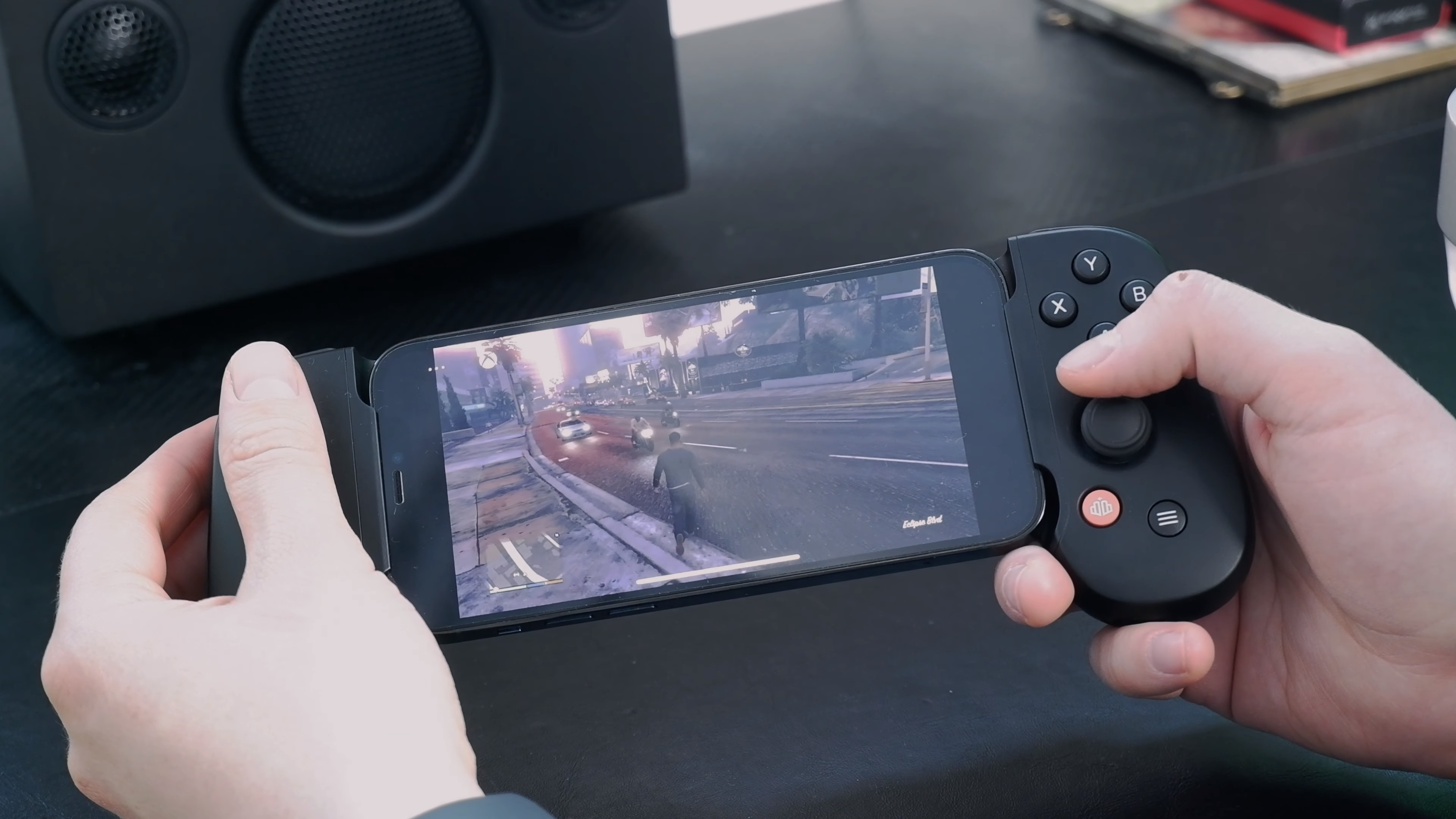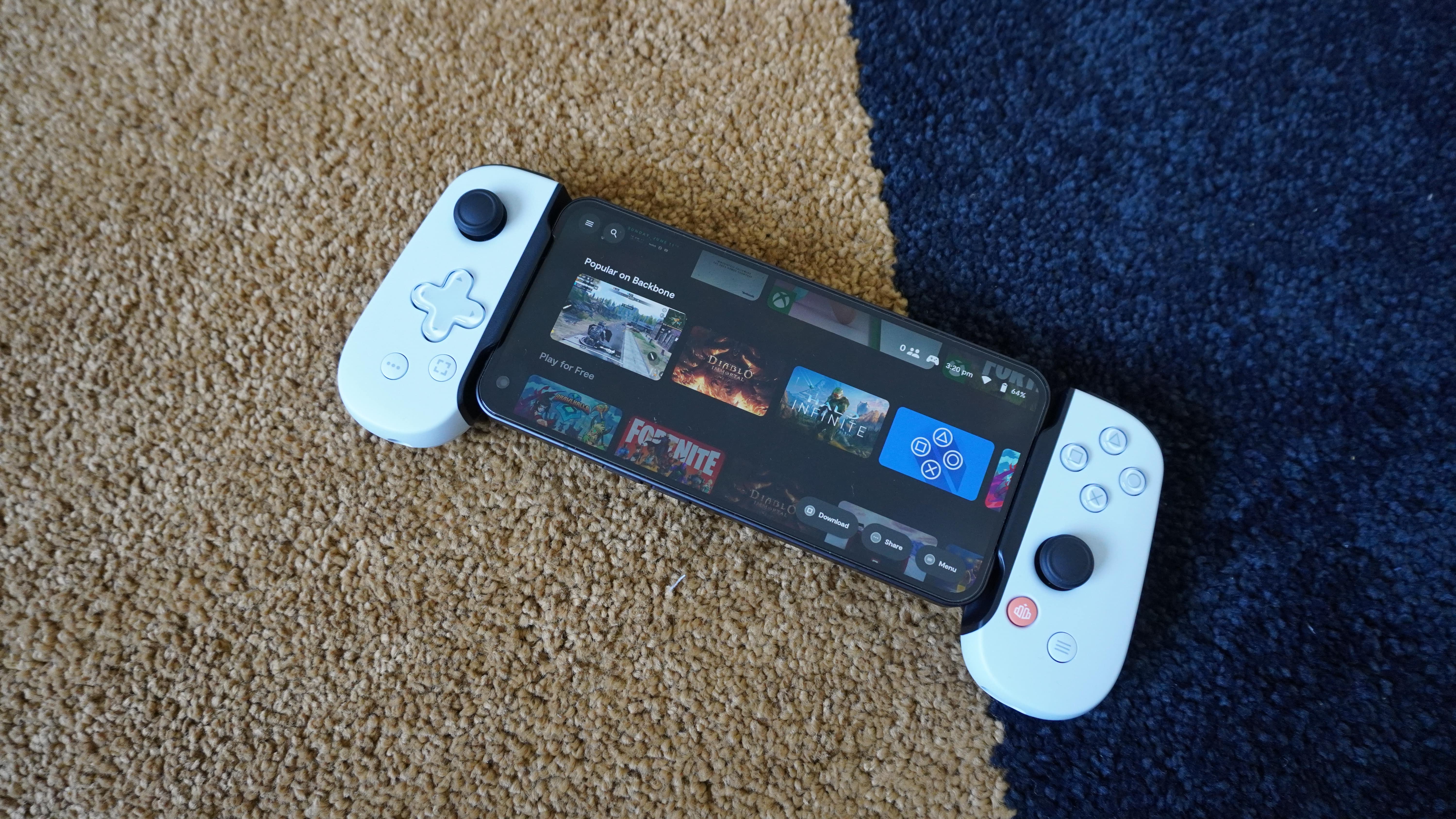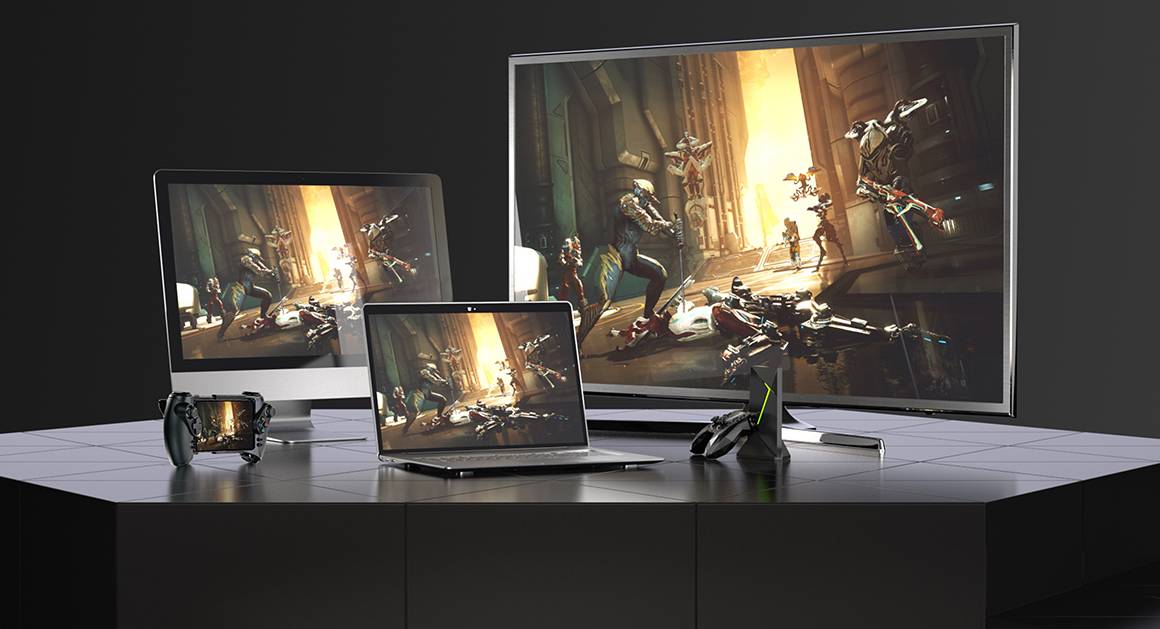Cloud gaming has been talked to death for a couple years now. So why hasn’t any company been able to nail it?
While it’s true these systems are developing nicely (outside of PlayStation and Remote Play, but we’ll get to that), there are still some fundamental problems that make any service hard to recommend right now.
It’s frustrating because, outside of the technological restrictions, some of these problems are self-inflicted and so easy to fix.
The latency problem persists

That’s not to say I have slow internet. Thanks to Virgin Media, I get a solid, stable connection with rapid speeds (300 Mbps down/80 up), and still I see controller latency and framerate stuttering. Of course, this situation is further compounded when you try to do Xbox Cloud Gaming on the iPhone 14 Pro Max over 5G.
This comes down to a whole host of issues that come with the nature of trying to get a beast like this up and running – distance from the servers, reliability of the connection to said servers, etc.
However, the truth of the matter is that cloud gaming is still a beta service until these issues can be figured out. A lot of these problems will be solved with time, as these services expand in their server locations and mobile data speeds improve.
Remote Play is not the answer

PlayStation has seemingly gone in the wrong direction when it comes to cloud gaming. Remote Play is not the solution to this problem — I can’t say that any louder.
There technically is a game streaming, but with the service only able to stream on a console or PC, the Remote Play is extremely limited. That is even more frustrating when you take great devices like the Backbone One – PlayStation Edition into account. As you also saw in the recent showcase, Sony is launching its own handheld (codenamed Project Q) later this year.
But without nailing the actual cloud gaming bit, these devices are kind of pointless when it comes to playing PlayStation games. The idea of keeping your PS5 turned on for the sake of Remote Play is bonkers — especially in a time of drastic inflation.
Access to the games you own

The one thing that Remote Play does get right is the fact it gives you access to the games you own. There is a catch, which is that if you have a disc-based game, that disc has to be in the drive for it to work.
Ownership of content is important in the digital age (otherwise known as the dreaded DRM), and putting them behind a subscription paywall like Xbox Game Pass means you have no direct control over what games are available. One particularly frustrating example was the progress I made in Two Point Hospital, only to find out it was removed the day before I planned to finish the final level. I know this is par for the course for a subscription-style service, but it’s still a pet peeve.
Nvidia and its GeForce Now system are the closest to nailing this, as it syncs your various libraries from Steam and Epic Games with its library of games to provide access to cloud-based versions. There are still problems, such as the inability to sync game save progress, and the limited library of titles (to Nvidia’s credit, it is expanding rapidly). But this is at least approaching the system we deserve.
This is the right answer
There are some unavoidable problems that will be fixed over time. But at its core, no company has the right answer to cloud gaming, which is annoying because the answer is really simple.
What you need is a service that:
- Gives you immediate access to the games you own (either online or disc-based).
- Has additional tiers for access to a ‘Netflix for gaming’ style catalogue.
The closest options are GeForce Now and Xbox Cloud Gaming, but the real solution would be a combination of the two. This gives players the versatility of being able to access their own games, while enjoying a wider library too.
PlayStation isn’t even playing in the same ballpark as Nvidia or Xbox, and it paints the likes of its new Project Q handheld in a negative light. But the moment any company starts seeing sense and making the damn thing, it will be a money printing machine.
Source link
 notebook.co.id informasi dan review notebook laptop tablet dan pc
notebook.co.id informasi dan review notebook laptop tablet dan pc